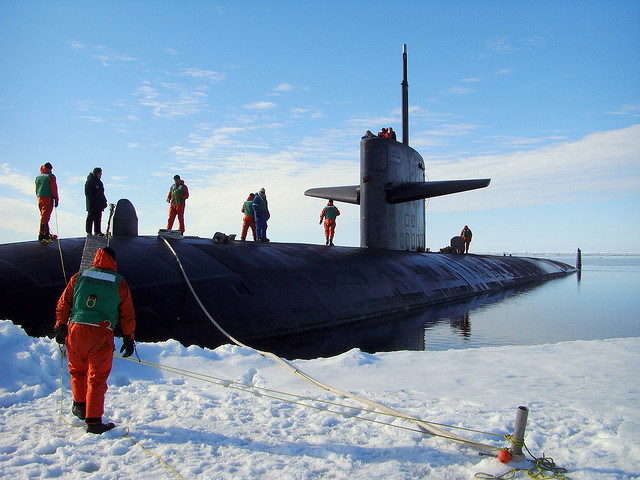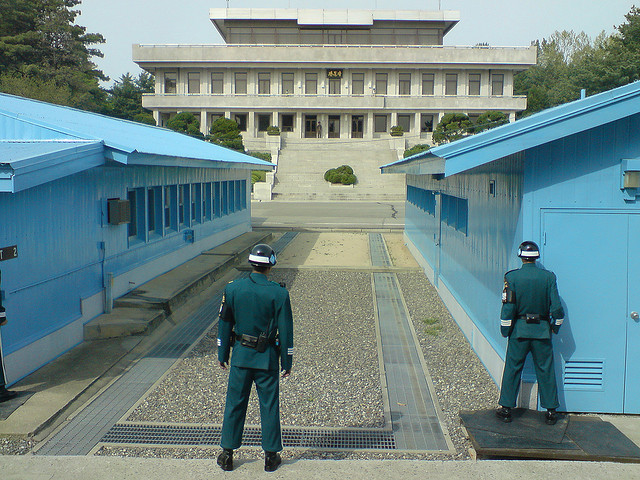Andrew Davies and Jim Molan talk strategy: round 1
Over the course of several blog posts and tweets, Jim Molan and I decided to get together in person to hash out the issue of Need and strategic planning face to face. What ensued was a spirited discussion, the end of which, to my surprise, we found ourselves in violent agreement. The debate that unfolded will likely be of interest to Strategist readers, so I’ve reproduced parts of the transcript below:
Andrew Davies: Thanks for coming along here Jim—we seemed to be butting virtual heads on the blog, but I sensed we might have been talking past each other.
Jim Molan: Yes, I think so. Our clash has a lot to do with the definition of strategy. I think you use the term differently to me. I see it as following on from the Government coming up with a policy, which might be ‘defence of Australia’ or ‘forward defence’ or ‘minimise spending’. Underneath that there’s a strategy which translates policy into the reality of a force structure. So when I use strategy, it’s in the sense of implementation of policy, not how we fight country A, B or C. Your use of strategy, I think, is different to mine. There’s a missing link in what we’re all doing. The link is between government policy, implementation of that policy through an implementation strategy and eventually capability. I think there’s something missing in the centre, which turns strategy into capability. I think that’s what you are calling strategy, but it’s what I’d call an operational plan. Does that make sense? Read more






